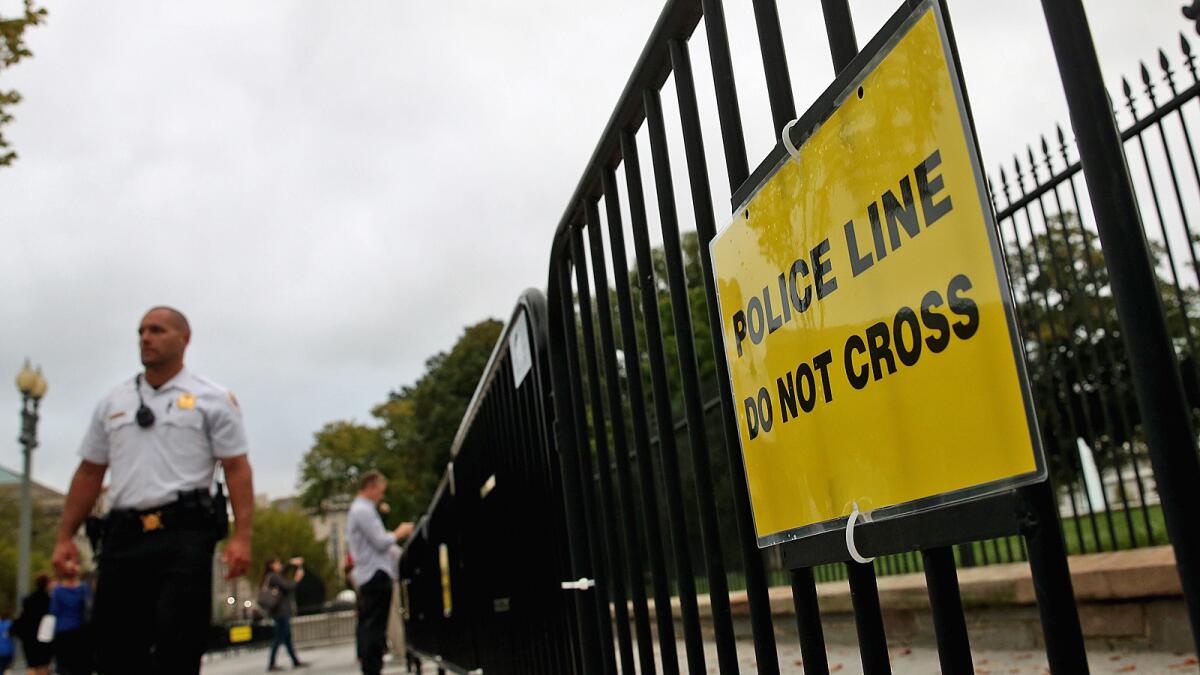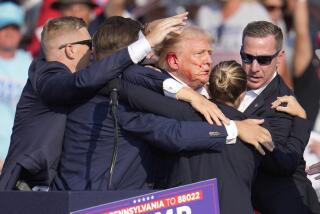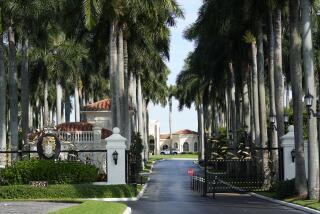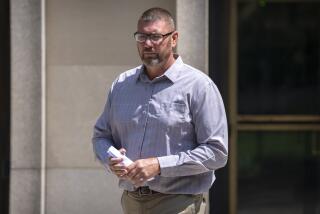Intruder ran farther into White House than previously disclosed

The intruder who broke into the White House this month made it beyond the front door and past an armed guard, then ran about 100 feet inside, much farther than previously disclosed, a federal law enforcement official said Monday.
Authorities say Omar Gonzalez, 42, scaled the black wrought-iron fence on Pennsylvania Avenue in front of the White House on Sept. 19 and sprinted across the lawn, then entered through the unlocked front door.
Gonzalez pushed past the guard — who should have been alerted by an alarm, but it never sounded — ran by the carpeted stairway leading to the Obama family living quarters, then into the stately East Room and to the doorway of the neighboring Green Room, where he was finally tackled, the law enforcement official said.
President Obama had left just 10 minutes earlier to go to Camp David with his family for the weekend.
“It’s clear that something needs to be done, and something needs to be done drastically,” Rep. Elijah E. Cummings of Maryland, the top Democrat on the House Oversight and Government Reform Committee, told NBC. “It’s also clear they need to have a come-to-Jesus moment.”
Secret Service Director Julia A. Pierson will head to Capitol Hill on Tuesday to face questions from Cummings and other lawmakers about how the breach could have happened in one of the world’s most well-guarded homes — and about how forthright the Secret Service was in the hours and days afterward, not only publicly but with law enforcement behind closed doors.
The intruder got past several layers of defense, starting with plainclothes officers patrolling outside to spot fence jumpers. A tactical team also missed him.
Dogs who are trained to attack anyone running across the White House lawn without permission weren’t released, a Secret Service official said that night, because officers could see Gonzalez was unarmed. Authorities said later that they found a folding knife with a 3.5-inch blade on him.
The guard at the front door is supposed to lock it when notified of an intruder, by an alarm or some other means. But the alarm box was muted, according to the law enforcement official, who did not know why it was silenced or who asked for it to be.
The intruder’s path went beyond what agency officials described the night of the break-in, when they suggested he was apprehended just inside the door. In a criminal complaint filed the next day, a Secret Service officer wrote that Gonzalez, of Copperas Cove, Texas, went through the front door and was apprehended “soon thereafter.”
Federal law enforcement officials investigating what happened have been frustrated by their interactions with the Secret Service. In briefings with other agencies about the intrusion, Secret Service officials implied that the man was stopped just inside the front door and did not say he had moved so far inside the mansion, the law enforcement official said, speaking on condition of anonymity to describe internal briefings.
The intrusion is the latest trouble for the Secret Service. Over the weekend, the Washington Post — which first reported the new details about the intrusion — published a report about the agency’s failure to respond quickly and to investigate thoroughly a shooting attack on the White House in 2011.
The disclosures came after allegations of drunkenness and sexual misconduct in the last year and, in 2012, the implication of 13 agents and officers in a prostitution scandal in Colombia.
The president still supports Pierson, whom he summoned to the Oval Office after the break-in to discuss what happened, a spokesman said. But Obama was concerned about the safety of his family, advisors said.
While the break-in is being investigated, the Secret Service has added two temporary fences around the White House.
Protecting a critically important building involves concentric rings of security, Todd Keil, who headed infrastructure security for the Department of Homeland Security until 2012, said in an interview. Keil will testify in Tuesday’s House hearing.
This approach relies on such exterior steps as fences, guards and gates as well as electronic measures and surveillance, Keil said.
“Ideally, all of these concentric rings complement each other,” he said. “The fact that a person got over the fence shows that there definitely were some challenges that need to be reviewed.”
Acknowledging shortcomings in the agency’s practices, White House Press Secretary Josh Earnest said the Secret Service’s job was to implement “the changes that are necessary to improve.”
“What’s required in an environment like this is a security organization that is adept, that is nimble and that can be constantly both reviewing and upgrading their posture as necessary,” Earnest said. “That’s difficult work, but the president and first lady have confidence in the ability of the Secret Service to do it.”
Keil said he hoped the hearing and investigation would focus less on finger-pointing and more on learning from the intrusion.
“There’s no foolproof risk-mitigation strategy. Things are going to happen,” he said. “All you can do is learn and improve.”
brian.bennett@latimes.com
christi.parsons@latimes.com
Matt Hansen in the Washington bureau contributed to this report.
More to Read
Get the L.A. Times Politics newsletter
Deeply reported insights into legislation, politics and policy from Sacramento, Washington and beyond. In your inbox three times per week.
You may occasionally receive promotional content from the Los Angeles Times.












